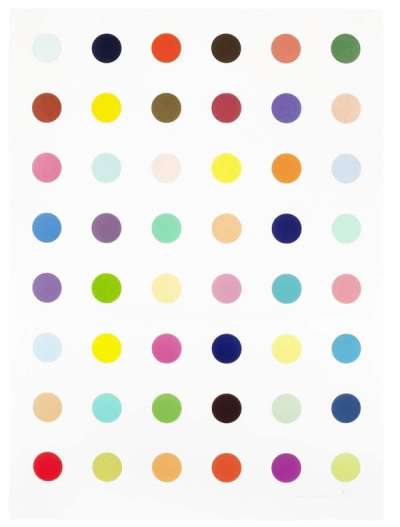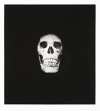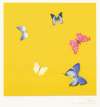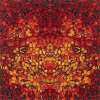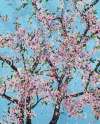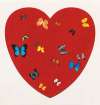Oleoylsarcosin
Damien Hirst's 2008 Oleoylsarcosin is a print edition of 100 unique variants of his signature Spot paintings. Each spot is marked by its unique colouration, and each print too, creating a celebration of the infinite possibilities of colour harmony, beloved by Hirst.
Damien Hirst Oleoylsarcosin For sale
Oleoylsarcosin Market value
Auction Results
| Artwork | Auction Date | Auction House | Return to Seller | Hammer Price | Buyer Paid |
|---|---|---|---|---|---|
 Oleoylsarcosine Damien Hirst Signed Print | 1 Dec 2021 | Van Ham Fine Art Auctions | £11,475 | £13,500 | £19,000 |
Sell Your Art
with Us
with Us
Join Our Network of Collectors. Buy, Sell and Track Demand
Meaning & Analysis
Damien Hirst’s Oleoylsarcosine is an etching by Damien Hirst from 2008 comprised of 100 unique variants of the artist’s signature coloured dots. Each print is signed by the artist on the front and inscribed with a Damien Hirst archive number on the reverse side. The print is representative of one of Hirst’s widely recognised works of his career, the spot paintings. These works first appeared in the Freeze exhibition, curated by Hirst himself in London in 1988. This exhibition showcased his own work alongside the work of his friends and fellow students from Goldsmiths College in an abandoned docklands warehouse. Marking a turning point in Hirst’s career, Hirst then rose to fame and would go on to win the Turner prize seven years later.
The spots represent abstraction reduced to its most basic mechanisms: colour, form and composition. The grid formula for these paintings is the basis for an unbounded series where Hirst can infinitely explore harmonious and contrasting colour combinations. Hirst has explained that, “mathematically, with the spot paintings, I probably discovered the most fundamentally important thing in any kind of art. Which is the harmony of where colour can exist on its own, interacting with other colours in a perfect format.”
The first spot paintings that appeared at the Freeze show were hand-painted spots that were messy, expressionist and dripped down an 8ft-by-12ft panel. The two painted arrangements of coloured spots onto the wall of the warehouse, titling them Edge and Row respectively. In contrast to the original spot paintings, the Oleoylsarcosine prints are precise and clinical in their aesthetic. The Freeze exhibition marked a turning point in Hirst’s career where he began to employ assistants to create the spot paintings. This was part of the artist’s aims towards creating works that appear to have been produced mechanically and without human intervention.
Oleoylsarcosine is representative of Hirst’s great ambition as an artist. The spot paintings are now universally recognised and have come to redefine the scale and limits of contemporary art in Britain. Such works have become iconic to Hirst’s name due to his large media presence, especially following his Turner Prize win in 1995. Hirst’s persona in the media and his artwork go hand in hand, and the artist uses this often to his own advantage.
